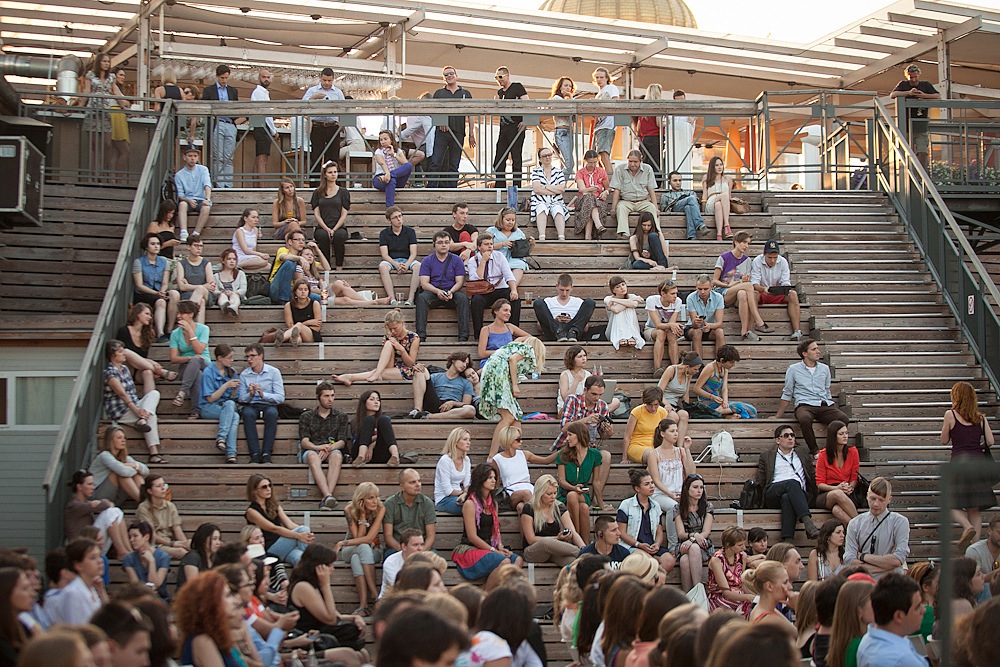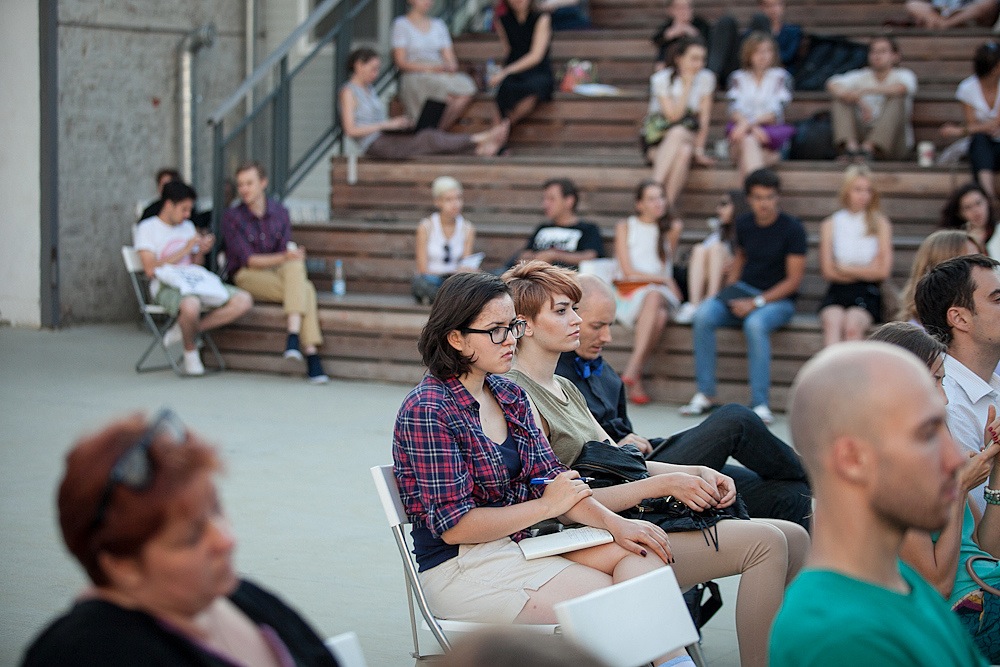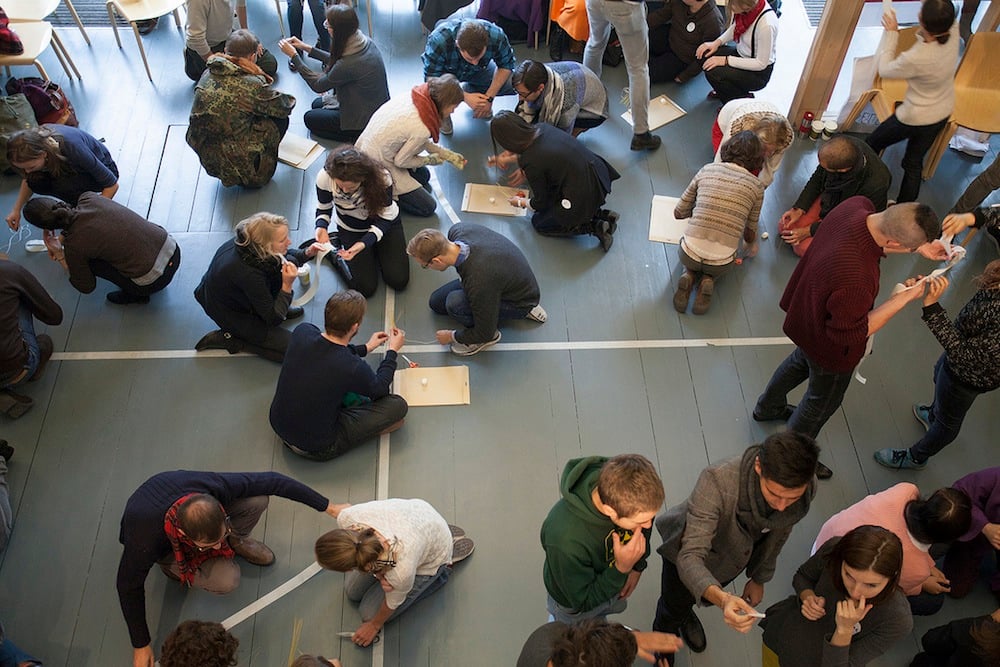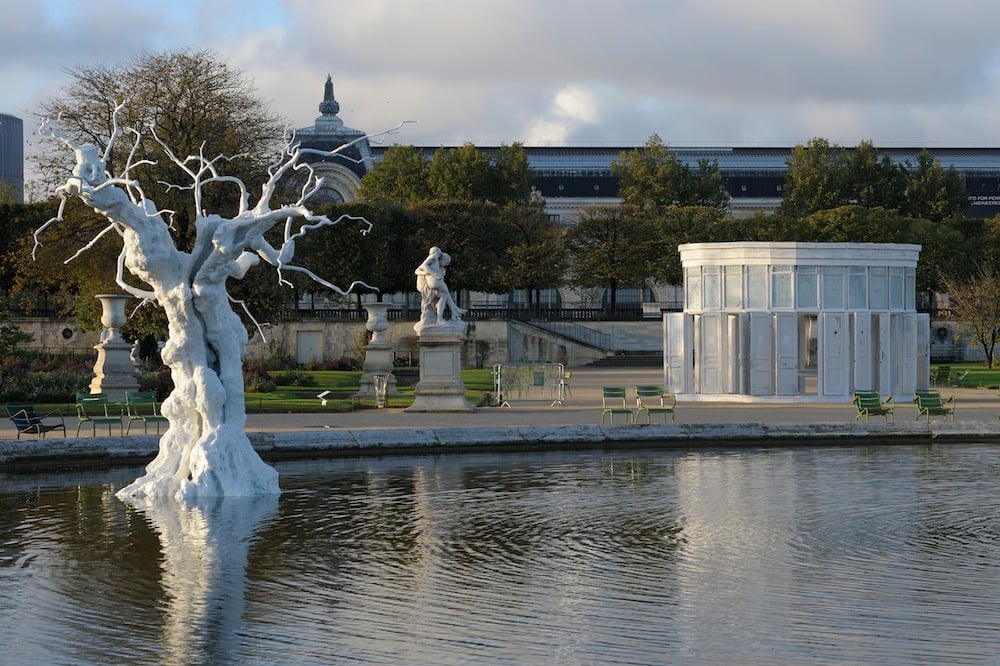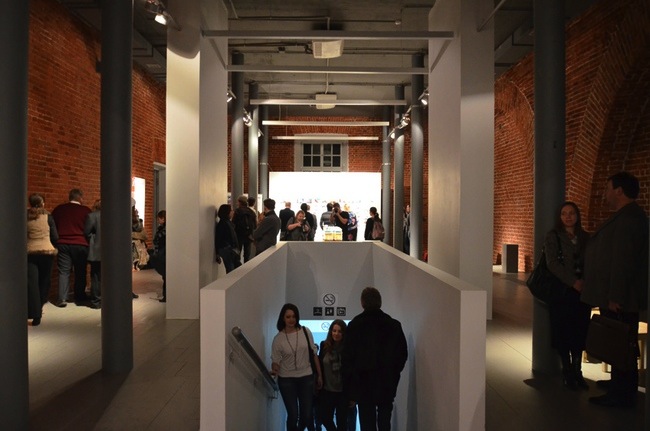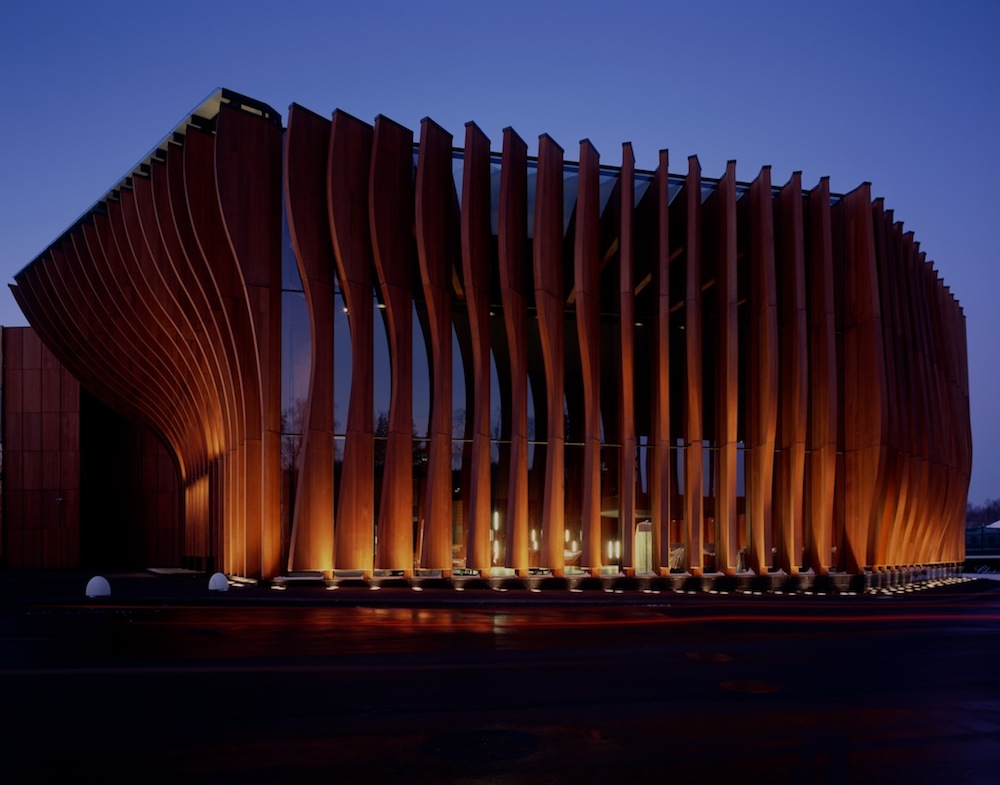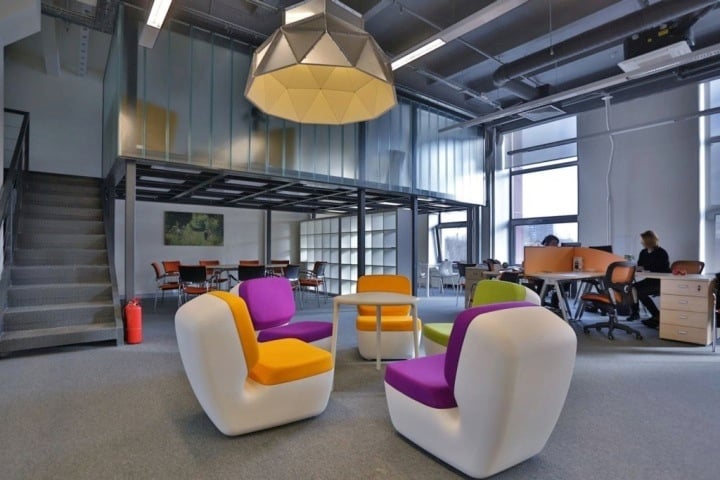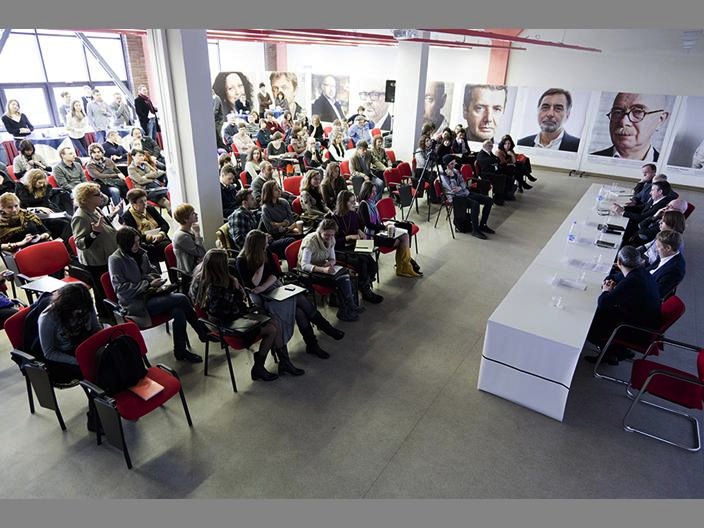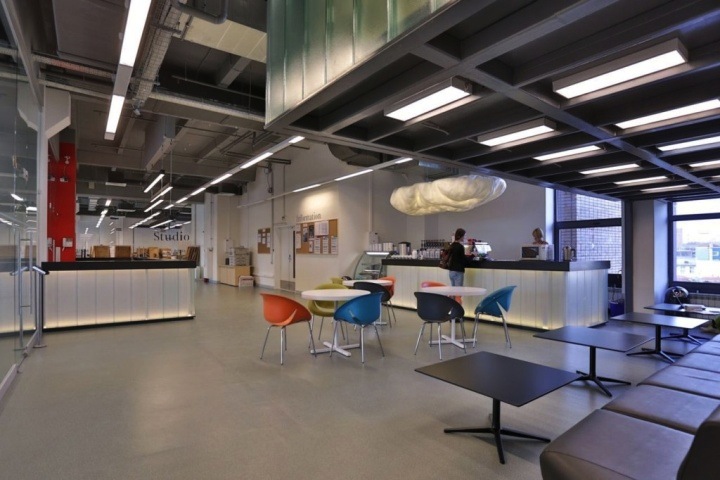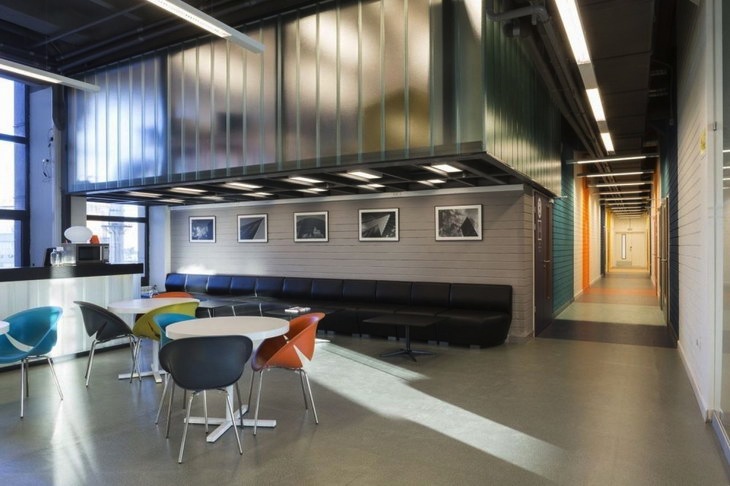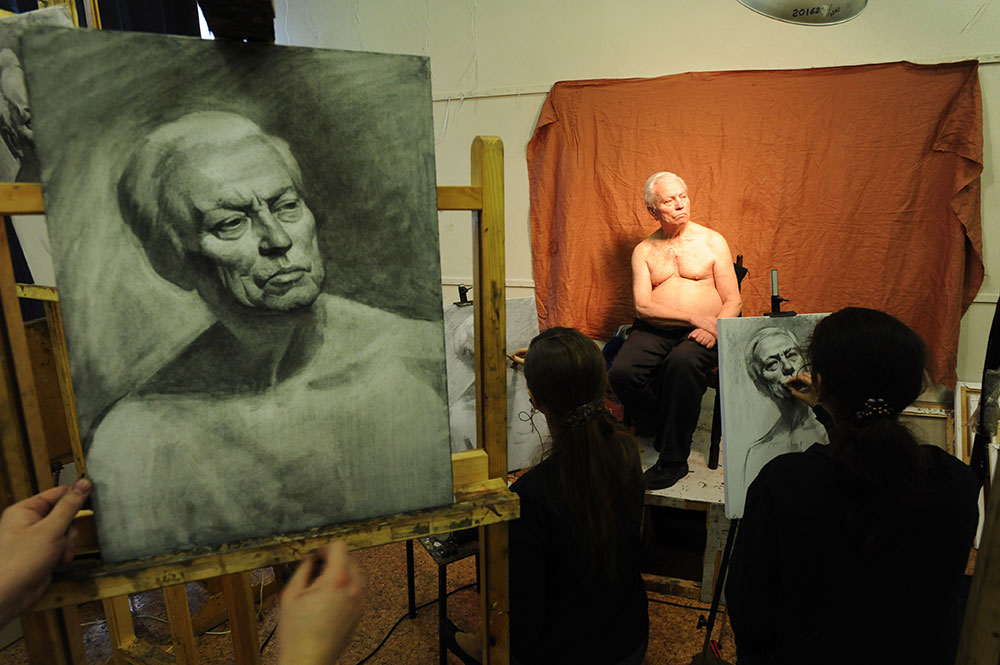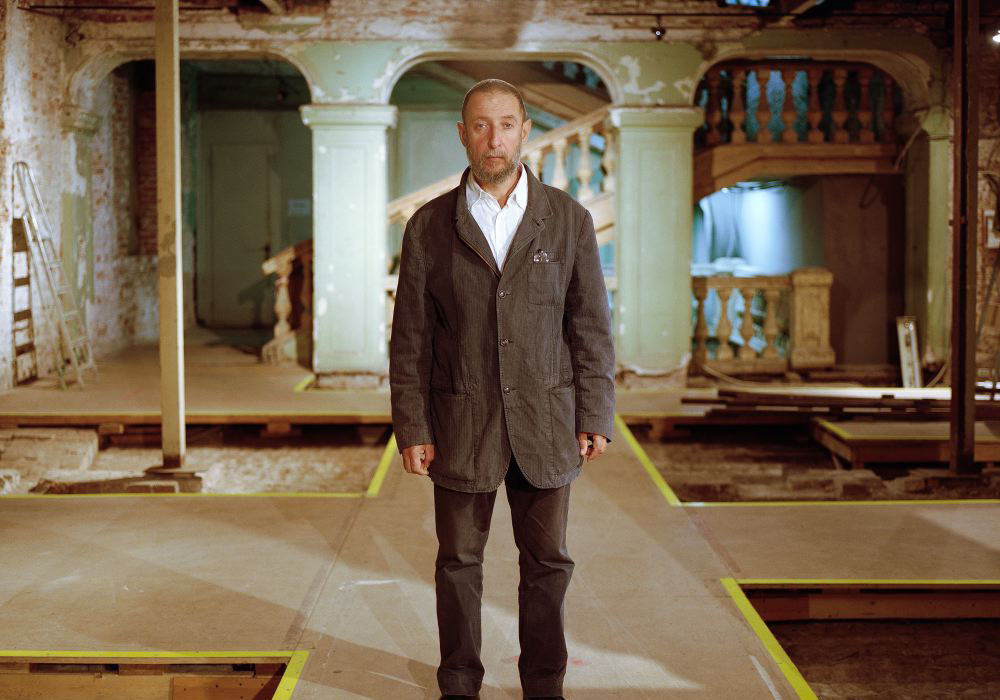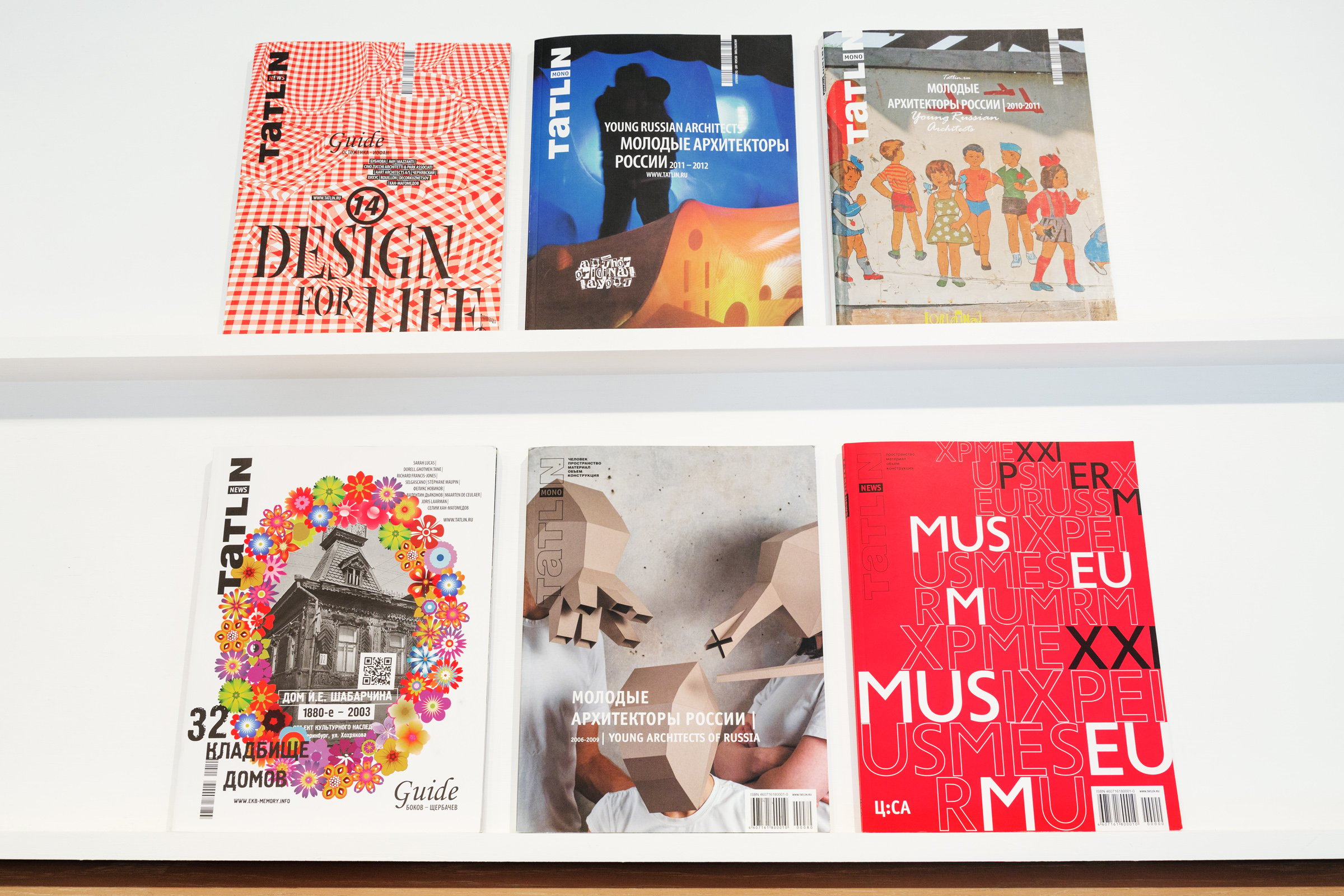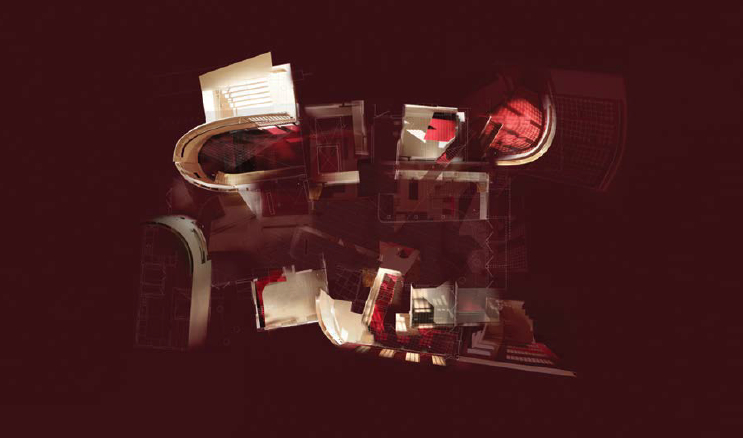Drawing a blank: what is wrong with architecture education in Russia?

Architecture these days is all about multidisciplinarity, openness and integration into a broader context. But MArchI, Russia's leading architecture school, is dangerously behind the times, argues Anna Pozniak
Around the world, dissatisfaction is growing at the way architects are being trained. Princeton’s Beatriz Colomina used an article in The Architectural Review to condemn conservatism and call for revolution: “Architectural pedagogy has become stale. Schools spin old wheels as if something is happening but so little is going on. Students wait for a sense of activist engagement with a rapidly evolving world but graduate before it happens.” Nowhere is this criticism more relevant than in Russia, and particularly at the country’s flagship architecture school, the Moscow Architecture Institute (MArchI).
The vast majority of Russia’s practicing architects have passed through the venerable statue-lined halls of MArchI, which is housed in an 18th-century mansion in central Moscow. Contemporary stars like Alexander Brodsky, Eugene Asse and Yuri Grigorian all studied there; its traditions date back to 1749 when Dmitry Ukhtomsky, chief architect of Moscow during the reign of Empress Elizabeth, founded the city’s first school of architecture, MArchI’s direct ancestor.
The school still enjoys an enviable reputation — it was listed among the top 100 European schools of architecture and design by Domus magazine in 2013. According to the Italian design and architecture magazine, MArchI “does not focus on self-promotion, relying instead on its prestigious reputation”. But this is precisely the problem: MArchI has been resting on its beaux-arts laurels.
A year ago, as part of a Ministry of Education initiative to monitor top universities more closely, MArchI was labelled “ineffective”. This announcement was followed by a wave of publiс discontent and the astonishment of the professional community. After a period of intense media speculation, MArchI was ultimately removed from the “blacklist”. No one is quite sure what happened, but the explanation carries a whiff of special treatment. Artem Khromov, chair of the Russian Union of Students said: “We are now working on a thorough analysis of all artistic higher education institutions. That is why we decided to exclude MArchI … from the list. In the near future experts from a number of ministries will develop more objective evaluation criteria.”
The scandal followed a succession of criticisms levelled at the school by leading architects. However, the rector, Dmitry Shvidkovsky, has rebuffed such complaints, emphasising instead the importance of protecting the school’s traditions. While he acknowledged some structural problems, he told Project Russia magazine: “I am opposed to the destruction of traditions. Even dormant traditions, if you want a structure that allows you to build something brilliant upon it at any moment.” True enough, MArchI remains the best place to learn technical drawing and modelling.
The problem with such traditionalism is that it has fallen behind recent changes in the field, and particularly the new emphasis on integrating architecture into more multidisciplinary urban studies. Between 1933 and 1972 MArchi had a monopoly on architecture education in the Soviet Union; even after other polytechnics emerged, MArchI’s curriculum was the prototype for education across the Soviet Union — an influence which remains to this day.
Now, however, rivals have emerged with a stated interest in placing architecture in context and involving sociologists, economists and cultural studies scholars in the conversation. In 2009, Strelka Institute for Media, Architecture and Design was launched. (Full disclaimer, I was a student at and now work at Strelka.) Last year saw the opening of MARCH, a school founded by architect Eugene Asse, with the British Higher School of Art and Design and London Metropolitan University, that awards MA degrees in architecture. These new institutions clearly fill a gap in the market, but they cannot replace MArchI, which is far bigger than either of the new schools (around 300 new students enrol each year) and the only one that is licensed to provide a full professional education, still has the most influence over the development of architecture in Russia.
“I am opposed to the destruction of traditions. Even dormant traditions”
In order to find out how — if at all — MArchI was attempting to change with the times I enrolled in their Education as a Project research studio led by Yuri Grigoryan and Brendan McGetrick when I was a student at Strelka. I took the opportunity to speak to students and teachers and investigate the state of play in MArchI.
The current curriculum reflects the institute’s complex history: its origins as a beaux arts academy is reflected on its emphasis on traditional, pre-20th-century architectural values; the courses in spatial composition hark back to its previous incarnation as experimental avant-garde institution VKHUTEMAS in the early Twenties; the third component is an engineering tradition, introduced during the Khrushchev era, which focuses on the basics of industrial building production.
Some of the architectural design assignments haven’t changed for more than 20 years. Students still design a particular set of buildings and objects, such as a workers’ club (a hangover from the constructivist agenda), multistorey car parks (instead of rethinking transport infrastructure for the city) and an incinerator. I visited the faculty of industrial architecture to review the students’ projects: after going through a bunch of identikit designs I came across some for factories for recycling cigarette butts, glass and plastic. I asked Alexander Khrustalev, head of the department, which students had brought such innovative thinking to the question of recycling. The answer I got was surprising: those students “didn’t manage to cope with the task and were given lower grades”.
More problematic, however, is the fact that there is little attempt to give any context to the tasks assigned. Students are left with only a collection of facts, names and buildings to be memorised and repeated. Director of MARCH Nikita Tokarev said: “There is no problem behind the building, none of the context in which they appeared. All there is is an enumeration of the 100 masterpieces of world architecture.” Students are set assignments without any awareness of their wider significance; professors don’t explain why, for instance, technical drawing or prototyping are important.
“Students are left with only a collection of facts, names and buildings to be memorised and repeated”
MArchI graduates I spoke to voiced a recurrent concern. “Nobody ever explained what creativity is, why it is needed. We were given assignments and told to do them. What is architecture? You don’t know,” said one graduate, Natasha. Another, Nadya, told me that no professor ever asked her why she was doing things in a particular way: “That just wasn’t discussed. Students had to leave the classroom while professors evaluated their work.”
Professors, for their part, confess to underestimating young minds. One teacher, who asked to remain anonymous, said: “Students are a low-quality recycling material. Maybe architectural design professors do see students as people, but the system itself is made in a way that the student is seen as absolutely passive. When I came to teach at MArchI, I was surprised to see that students are seen as only a necessary condition for the existence of the teaching staff. Students are not the reason why we’re here, but something unavoidable. We have to teach if we want to do research.”
A closer look at MArchI shows that existing problems within the school are not only constraining the creativity of students, but also preventing the institute from keeping up with the changing discourse of architecture and urban planning. While architecture companies in the west prefer to be labelled as “spatial agencies” and pay a lot of attention to collective intelligence, multidisciplinary teams and active collaboration, MArchI still advocates a hierarchised transmission model of knowledge sharing with students treated as passive “containers” of knowledge.
MArchI is, of course, not alone, but rather part of the wider problem highlighted by Beatriz Colomina — the absence of radical pedagogies in modern architectural education. MArchI is in a particularly difficult situation: low staff turnover has led to a situation when the average age of teaching staff at MArchI is 50-plus. There are no special schools to train teaching staff, so established systems keeps on reproducing itself one year after another.
“Nobody ever explained what creativity is, why it is needed”
While there is no sign of any institutional change, one can only hope that the example of new initiatives like MARCH, where students learn cultural studies as part of their Masters (and which were highly spoken of by both students and teachers at MArchI), will help inspire change.
Is it still relevant to dream about a revolutionary school of architecture, with a strong critical focus on current reality, with students who are aware and involved? The idea of tradition itself doesn’t carry negative connotations; there can be a tradition of constant change. MArchI has gone through so many incarnations, one of which, VKHUTEMAS, was perhaps the most experimental institution in the history of architecture, home to teacher-practitioners such as Kazimir Malevich, El Lissitzky and Alexander Rodchenko. There is the potential, then, to use tradition as an inspiration to move forward. If not, MArchI will just become a container of artefacts with no practical value. And the main loser there will not be just MArchI, but the entire Russian built environment.
